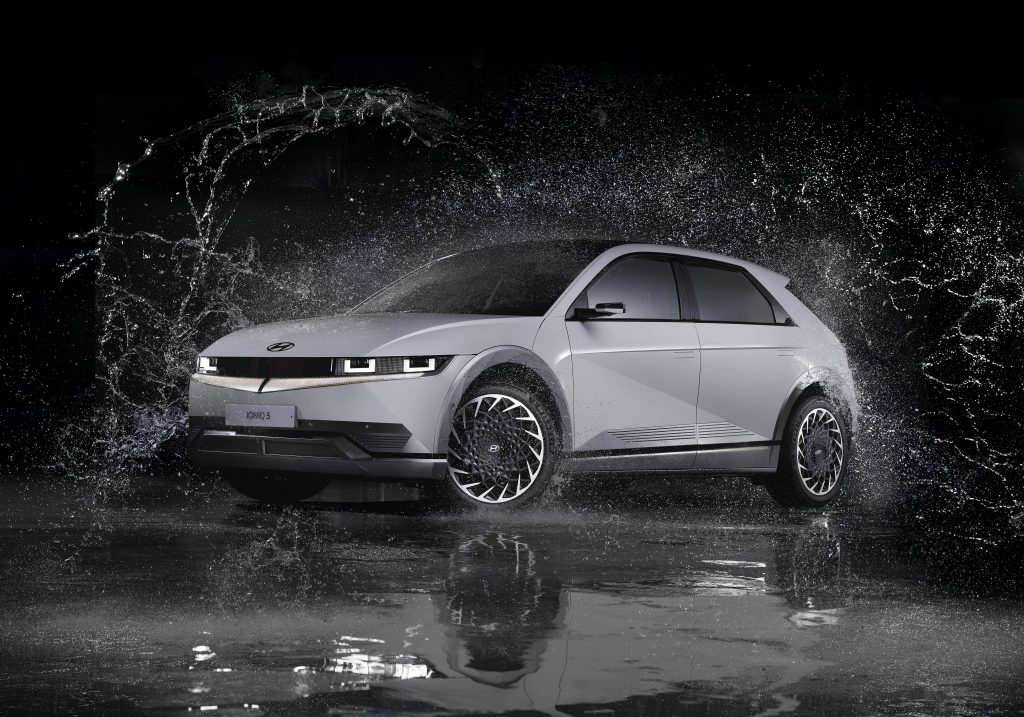Last updated on August 18th, 2022 at 11:25 am
When it comes to the safety of electric cars and trucks, one of the most asked questions is whether bad weather makes it unsafe to drive an electric vehicle.
We will give you an overview of the technologies used to keep you and your vehicle safe from water, but if you're living in a part of the country that suffers actual flooding – then we recommend contacting the manufacturers directly and asking them for the specific wading depth for any car you're interesting in (electric or otherwise). Most will handle 20cm and some will handle over 40cm – but it will be different for each model.
While we do know from science that water and electricity don't mix very well together, the fact is that almost every electric car is designed to work in a wide range of weather conditions. That doesn’t just mean wet or dry. It also means hot and cold, cloudy and windy, as well as clean and dusty. In other words, EVs are built to be used the way people use their cars – and most people use their cars outside.
Like any petrol or diesel vehicle, EVs must also meet a robust and strict set of safety requirements. The manufacturers are required to ensure that every car is watertight. To do this, every vehicle is put through a soak test to make sure that no matter how heavy the rain is outside, the inside of the vehicle remains dry.
In some configurations, the battery and electric motors of an EV are located behind the rear seat and are perfectly insulated from rain and water intrusion. In other designs, battery packs are located low down on the floor of the vehicle encased in a sealed metal shell. The shell is electrically isolated, shielded with an interior panel and safely covered in carpet to prevent injuring the driver and passengers. Even though the shell is metal, if it does get wet, it's treated to resist corrosion.
Even if an EV is taken through a puddle, the floor has enough wading depth to avoid any water ingression. In case the water does get inside the shell, the batteries are sealed so nothing can get in or out. Under normal operating conditions, it's pretty much impossible for water to come in contact with the batteries themselves. The high-voltage lines that carry the current are similarly protected and insulated.
Electric and hybrid cars also have extensive systems that automatically shut off the power and isolate battery packs when they detect a collision or a short circuit.
Although no car (electric or otherwise) should be driven on a flooded road, electric cars are designed to drive safely in all normal operating conditions and are specifically tested to avoid water damage.
Since EVs do not have an exhaust or an air intake system, it can be argued that they are safer and more convenient than combustion engine vehicles when driving through water.
For once it seems electricity and water can mix.
